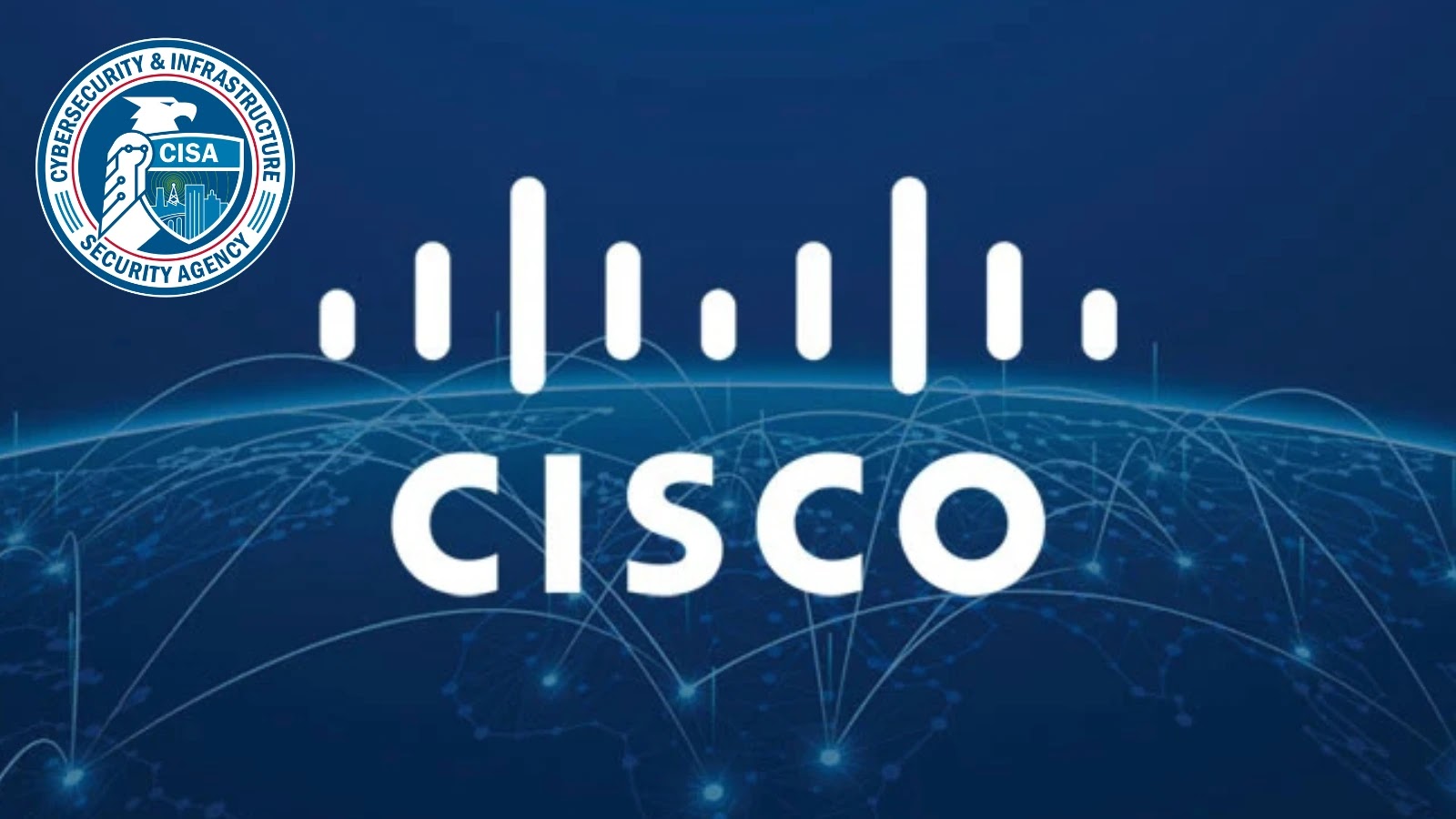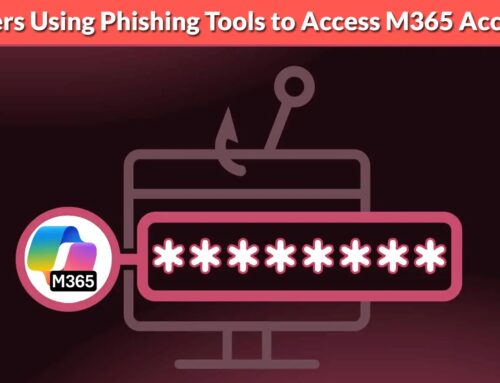
CISA Warns of Cisco Identity Services Engine Vulnerability Exploited in Attacks
Urgent Warning: Cisco ISE Vulnerabilities Actively Exploited – A Deep Dive
The cybersecurity landscape has been rattled by a critical warning from the Cybersecurity and Infrastructure Security Agency (CISA). Threat actors are actively exploiting two severe injection vulnerabilities within Cisco’s Identity Services Engine (ISE). This isn’t a theoretical threat; it’s an ongoing, real-world attack vector demanding immediate attention from IT professionals and security teams managing Cisco ISE deployments.
Understanding these vulnerabilities, their impact, and critically, how to mitigate them, is paramount to safeguarding your organization’s network access control and security posture. We’ll delve into the specifics of these exploits and provide actionable guidance to protect your infrastructure.
Understanding the Exploited Vulnerabilities
CISA’s alert highlights two specific injection vulnerabilities:
- CVE-2025-20281: This vulnerability allows an attacker to achieve remote code execution (RCE) with root privileges on affected Cisco ISE systems. The ability to execute arbitrary code with the highest level of system access is a severe compromise, potentially leading to complete system takeover and data exfiltration.
- CVE-2025-20337: Similar to its counterpart, this vulnerability also facilitates remote code execution with root privileges. The presence of two such vulnerabilities being actively exploited underscores a significant security lapse that attackers are quickly leveraging to gain unauthorized access and control.
Both vulnerabilities stem from injection flaws, a common category of security weaknesses where untrusted data is sent to an interpreter as part of a command or query. If an attacker can inject malicious input, they can manipulate the application’s behavior, often leading to unauthorized data access, modification, or, in this case, command execution.
Impact on Modern Network Security
Cisco Identity Services Engine (ISE) is a critical component for many enterprise networks, serving as the central policy management and enforcement point for wired, wireless, and VPN access. It controls who can access what, when, and how, based on context like user identity, device, location, and posture.
An attacker exploiting these RCE vulnerabilities on an ISE instance can bypass or manipulate network access controls, potentially gaining unfettered access to internal network resources. The implications include:
- Unauthorized Network Access: Attackers could create new administrative users, modify existing policies, or disable key security features, granting themselves or others illicit access to sensitive systems and data.
- Data Breach: With root privileges, attackers can exfiltrate sensitive configuration data, user credentials, and any other information stored or processed by the ISE system.
- System Disruption: Malicious actors could corrupt the ISE database, disable the service, or disrupt its functionality, leading to widespread network authentication and authorization failures, crippling business operations.
- Lateral Movement: A compromised ISE instance can serve as a pivot point for attackers to move laterally across the network, escalating privileges and compromising other critical systems.
Remediation Actions and Mitigations
Immediate action is required for all organizations utilizing Cisco ISE. Proactive measures are the best defense against these actively exploited threats.
- Patch Immediately: The most crucial step is to apply the security patches released by Cisco. Consult Cisco’s official security advisories for ISE (likely linked from the source advisory) to identify the specific versions affected and the corresponding patched versions. Ensure you follow Cisco’s recommended patching procedures.
- Isolate and Segment ISE Instances: If a patch cannot be applied immediately, consider isolating your ISE instances from direct internet access and applying strict network segmentation rules. Limit access to ISE administration interfaces to only trusted administrators from specific, secure subnets.
- Monitor Logs and Anomalous Behavior: Ramp up monitoring of your Cisco ISE logs for any unusual activity, failed login attempts, configuration changes, or unauthorized access attempts. Look for unusual process executions or unexpected network connections originating from ISE.
- Implement Least Privilege: Ensure all administrative accounts on ISE operate with the principle of least privilege. Review and restrict permissions to only what is necessary for their function.
- Regular Backups: Maintain regular, secure backups of your ISE configurations and data. This will aid in recovery in the event of a successful compromise.
- Threat Hunting: Proactively hunt for indicators of compromise (IoCs) and evidence of exploitation on your ISE systems and connected networks. If you suspect an compromise, initiate your incident response plan.
Security Tools for Detection and Mitigation
Leveraging appropriate tools can aid in the detection of vulnerabilities, potential exploitation, and network monitoring.
| Tool Name | Purpose | Link |
|---|---|---|
| Cisco Security Advisories | Official source for vulnerability information and patches from Cisco. | Cisco Security Center |
| Network Intrusion Detection/Prevention Systems (NIDS/NIPS) | Identifies and blocks known attack signatures and anomalous network traffic patterns. | Varies (e.g., Snort, Suricata, commercial NIPS) |
| Security Information and Event Management (SIEM) | Aggregates and analyzes security logs from ISE and other devices for threat detection and incident response. | Varies (e.g., Splunk, IBM QRadar, Microsoft Sentinel) |
| Vulnerability Scanners | Automated tools to identify unpatched systems and known vulnerabilities. | Varies (e.g., Tenable Nessus, Qualys, Rapid7 Nexpose) |
| Endpoint Detection and Response (EDR) Solutions | Monitors suspicious activity on server endpoints, including potential RCE attempts. | Varies (e.g., CrowdStrike, SentinelOne, Microsoft Defender for Endpoint) |
Conclusion
The CISA warning regarding active exploitation of Cisco ISE vulnerabilities CVE-2025-20281 and CVE-2025-20337 serves as a critical reminder of the dynamic nature of cybersecurity threats. Given the severity of these RCE flaws and their active exploitation, organizations must prioritize patching and implementing robust security measures. Proactive defense, continuous monitoring, and a rapid incident response capability are fundamental to protecting critical network infrastructure from such sophisticated attacks.





